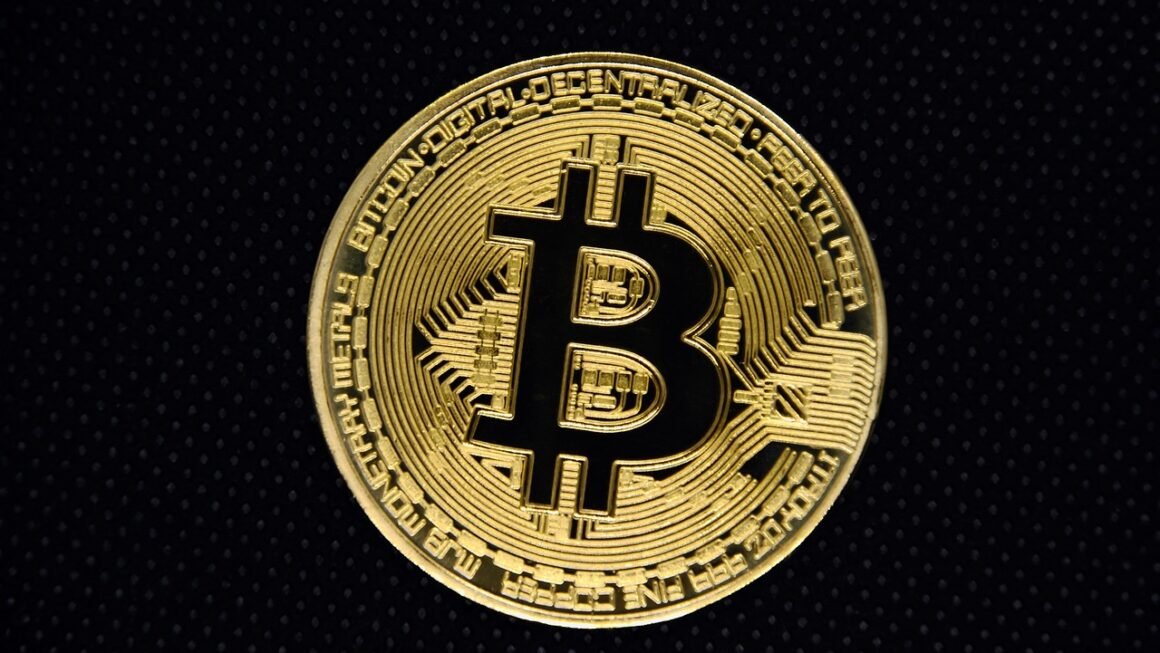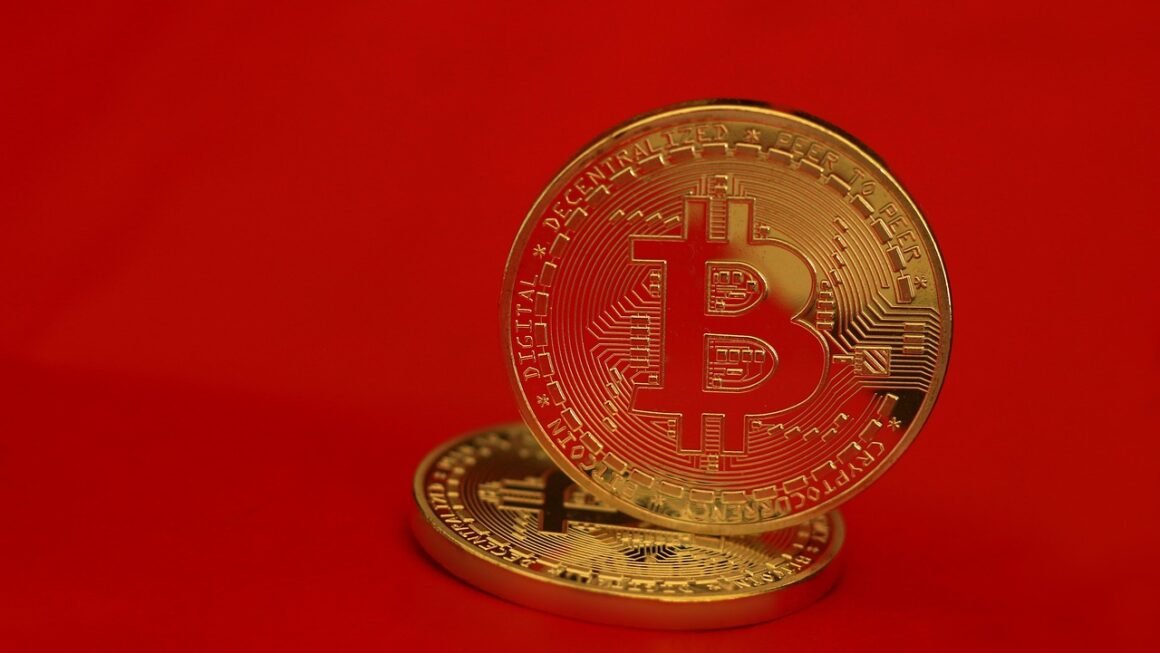Decentralized Exchanges (DEXes) are revolutionizing how we trade cryptocurrencies. Moving away from the traditional, centralized models, DEXes offer a peer-to-peer trading experience that prioritizes security, transparency, and control. This article delves into the world of DEXes, exploring their functionality, benefits, risks, and how they’re shaping the future of finance.
What are Decentralized Exchanges (DEXes)?
Understanding Decentralization
A decentralized exchange (DEX) is a cryptocurrency exchange that operates without a central authority. Instead of relying on intermediaries to facilitate trades, DEXes utilize smart contracts on a blockchain to execute transactions directly between users. This peer-to-peer system eliminates the need for a traditional order book managed by a central entity.
Key Features of DEXes
Here are some defining characteristics of decentralized exchanges:
- Non-Custodial: Users retain control of their private keys and funds. This means you’re not entrusting your assets to a third party, reducing the risk of hacks or theft.
- Permissionless: Anyone with a cryptocurrency wallet can access and use a DEX. There are typically no KYC (Know Your Customer) or AML (Anti-Money Laundering) requirements, promoting financial inclusivity.
- Transparent: All transactions are recorded on the blockchain, making them publicly verifiable. This enhances transparency and reduces the potential for market manipulation.
- Automated Market Makers (AMMs): Many DEXes use AMMs, which rely on liquidity pools to facilitate trading. Instead of matching buy and sell orders, users trade against these pools.
How DEXes Work: A Simplified Example
Imagine you want to trade Ether (ETH) for Dai (DAI) on a DEX. Here’s a simplified overview:
- Connect Wallet: You connect your cryptocurrency wallet (e.g., MetaMask, Trust Wallet) to the DEX.
- Select Tokens: You choose the tokens you want to trade (ETH and DAI in this case).
- Initiate Trade: You specify the amount of ETH you want to exchange and the DEX calculates the estimated amount of DAI you’ll receive based on the current market conditions and liquidity pool ratios.
- Confirm Transaction: You review the transaction details, including any fees and slippage (the difference between the expected price and the actual price due to market volatility).
- Execute Transaction: You sign the transaction with your private key, and the smart contract executes the trade, transferring the ETH from your wallet to the liquidity pool and the DAI from the pool to your wallet.
Benefits of Using DEXes
Enhanced Security
By eliminating central intermediaries, DEXes significantly reduce the risk of hacks and theft. Since users control their own private keys, there’s no single point of failure for malicious actors to exploit. This is a major advantage compared to centralized exchanges (CEXes), which often hold large amounts of user funds.
Greater Privacy
DEXes typically don’t require users to provide personal information, allowing for a more private trading experience. This can be particularly appealing to individuals who value anonymity or are concerned about data breaches.
Increased Accessibility
The permissionless nature of DEXes makes them accessible to anyone with an internet connection and a cryptocurrency wallet. This opens up trading opportunities to individuals who may be excluded from traditional financial systems or centralized exchanges due to geographical restrictions or KYC requirements.
Resistance to Censorship
Because DEXes are decentralized and operate on a blockchain, they are resistant to censorship. No single entity can shut them down or prevent users from trading, ensuring a truly free and open market.
Access to a Wider Range of Tokens
DEXes often list a wider variety of tokens than centralized exchanges, including smaller and more niche cryptocurrencies. This provides users with greater access to emerging projects and investment opportunities.
Risks and Challenges of DEXes
Impermanent Loss
Impermanent loss is a key risk for liquidity providers on AMM-based DEXes. It occurs when the price of tokens in a liquidity pool diverges significantly from the price outside the pool. This can result in liquidity providers receiving less value when they withdraw their funds compared to simply holding the tokens. Understanding impermanent loss is crucial before providing liquidity on a DEX. Consider using tools that estimate impermanent loss based on price movements.
Slippage
Slippage refers to the difference between the expected price of a trade and the actual price received due to market volatility or low liquidity. Higher slippage can significantly impact the profitability of a trade, especially for large orders. Look for DEXes with deep liquidity and consider using limit orders to minimize slippage.
Smart Contract Risks
DEXes rely on smart contracts, which are susceptible to bugs and vulnerabilities. Exploits in smart contracts can lead to loss of funds. It’s essential to use DEXes that have undergone rigorous security audits by reputable firms. Before using a DEX, check if the smart contracts have been audited and review the audit reports.
Front-Running
Front-running occurs when malicious actors observe pending transactions on the blockchain and execute their own trades before the original transaction, profiting from the resulting price movement. While DEXes are working on solutions to mitigate front-running, it remains a risk, especially on public blockchains like Ethereum.
User Experience
Historically, DEXes have been known for having a less user-friendly interface compared to centralized exchanges. This can be a barrier to entry for new users. However, DEXes are continually improving their user interfaces to make them more intuitive and accessible.
Popular DEX Platforms and Examples
Uniswap
Uniswap is one of the most popular DEXes, built on the Ethereum blockchain. It uses an AMM model and is known for its simple interface and wide range of listed tokens. Uniswap allows anyone to create a new token pair and provide liquidity, making it a hub for emerging projects.
Sushiswap
Sushiswap is another prominent DEX built on Ethereum. Initially a fork of Uniswap, it has since evolved and offers features like yield farming and staking. SushiSwap also features a multi-chain strategy, expanding its reach across different blockchains.
PancakeSwap
PancakeSwap is a popular DEX built on the Binance Smart Chain (BSC). It offers lower transaction fees compared to Ethereum-based DEXes and is known for its gamified features like lotteries and prediction markets.
Curve Finance
Curve Finance specializes in stablecoin swaps. It uses an AMM algorithm designed to minimize slippage when trading stablecoins or similar assets. Curve Finance is popular among users who want to exchange stablecoins with minimal price impact.
Practical Example: Using Uniswap
Let’s say you want to swap 1 ETH for USDC on Uniswap. You would connect your MetaMask wallet to Uniswap, select ETH as the input token and USDC as the output token, enter the amount of ETH you want to swap (1 ETH), and review the estimated amount of USDC you’ll receive. Once you’re satisfied with the details, you would confirm the transaction in your MetaMask wallet. Always double-check the transaction details, including the gas fees and slippage, before confirming.
The Future of DEXes
Layer-2 Scaling Solutions
Layer-2 scaling solutions like Optimism and Arbitrum are addressing the high transaction fees and slow confirmation times on Ethereum. By processing transactions off-chain, these solutions can significantly improve the scalability and usability of DEXes.
Cross-Chain DEXes
Cross-chain DEXes are enabling users to trade tokens across different blockchains. This eliminates the need to bridge assets between chains, simplifying the trading process and increasing liquidity. Projects like Thorchain and Cosmos are pioneering cross-chain DEX technology.
Improved User Experience
DEXes are continuously improving their user interfaces and onboarding processes to make them more accessible to a wider audience. Features like fiat on-ramps and simplified trading interfaces are helping to bridge the gap between traditional finance and decentralized finance.
Institutional Adoption
As the DeFi space matures, institutional investors are increasingly exploring DEXes as a way to access new markets and investment opportunities. Regulatory clarity and improved security measures are key factors driving institutional adoption.
Conclusion
Decentralized Exchanges are transforming the cryptocurrency landscape by offering a more secure, transparent, and accessible trading experience. While risks and challenges remain, the benefits of DEXes are undeniable. With ongoing developments in layer-2 scaling, cross-chain technology, and user experience, DEXes are poised to play an increasingly important role in the future of finance. By understanding the principles, benefits, and risks associated with DEXes, users can make informed decisions and participate in the exciting world of decentralized trading.



